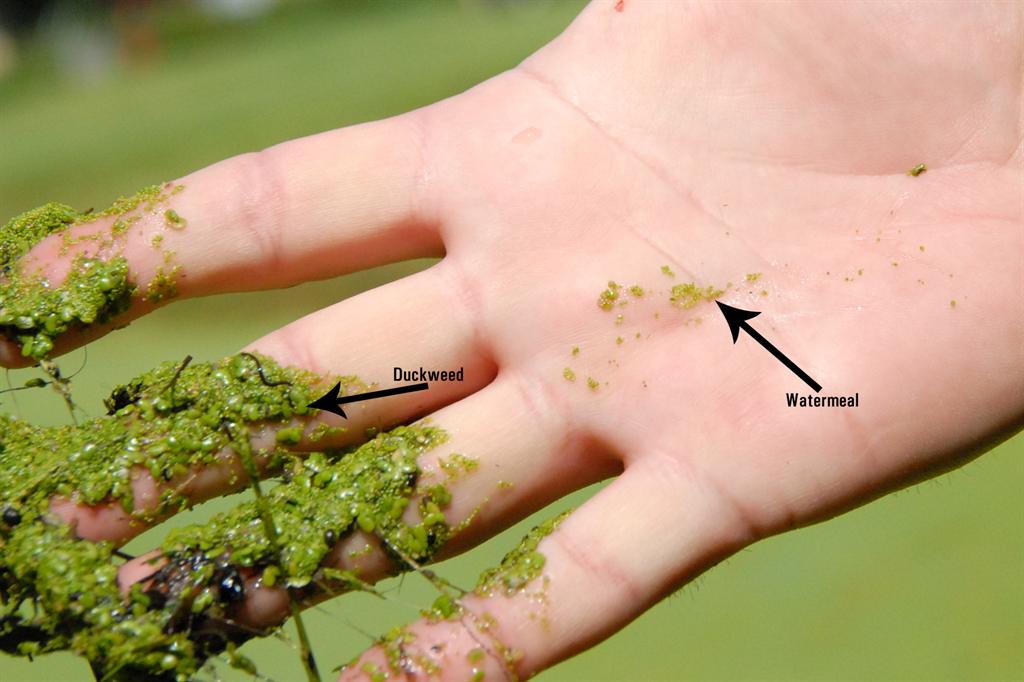Treating Watermeal
Of all of the weeds that thrive in a pond, watermeal is often the most dreaded and also one of the most difficult to eliminate from a pond.
pond.
To begin with, any chemical treatment will be a short term cure. Long term solutions will need to be enacted in order to eliminate watermeal over the long haul.
In order to control watermeal, one must eliminate the attractive environment that encourages the out of control growth that watermeal is capable of. The first thing that must be done is to increase the movement on the pond’s surface. This can be done with a fountain, cutting back shoreline vegetation, creating a “breezeway” by removing large trees, and eliminating algae mats. Another essential item that needs to be controlled is the nutrient load within the pond. Using pond bacteria, such as Natural Pond Cleaner, will aid in reducing organic matter and nutrients in the pond water, thereby limiting a food source for the watermeal. Another preventative option is the addition of an aerator/bubbler. This will also disrupt the surface of the pond as well as reduce the presence of nutrients. Over time, these strategies will give a more permanent remedy to the watermeal problem.
Now, if you want to rid yourself of the watermeal in the short term, there are a few products that will aid in killing the active watermeal. Tsunami DQ, a diquat dibromide product available through Sanco, is a product that can be applied over the watermeal in 3 consecutive treatments one week apart. Be sure to allow 24 hours before a rain to insure a successful treatment. Adding Clipper (a fluoride based product) to Tsunami will aid in its success in killing watermeal. One may also use Sonar (White Cap), a fluridone product, to the pond in order to kill the watermeal. However, both Clipper and Sonar are very expensive, so one must way the cost of the cure with the price of patience.
For more information on ways to control watermeal contact our helpful staff.
